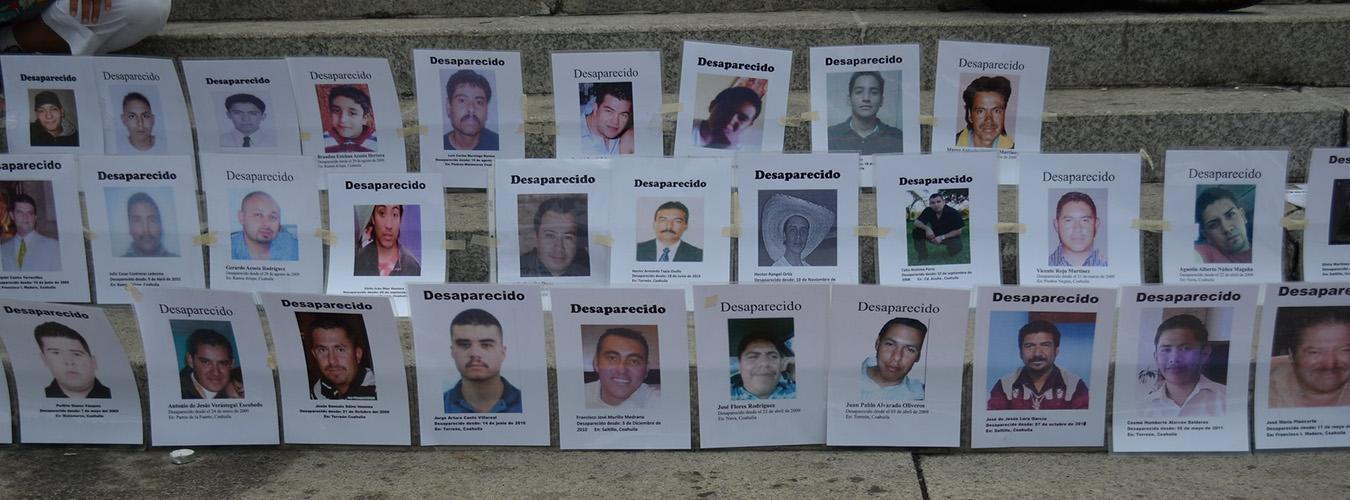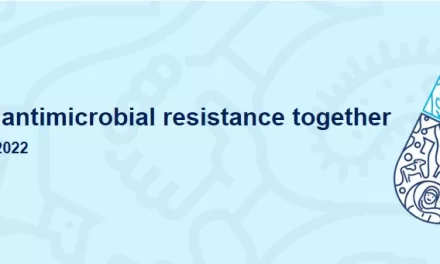More than a human rights violation against an individual
Enforced disappearance has frequently been used as a strategy to spread terror within society. The feeling of insecurity generated by this practice is not limited to the close relatives of the disappeared, but also affects their communities and society as a whole.
Enforced disappearance has become a global problem and is not restricted to a specific region of the world. Once largely the product of military dictatorships, enforced disappearances can nowadays be perpetrated in complex situations of internal conflict, especially as a means of political repression of opponents. Of particular concern are:
- the ongoing harassment of human rights defenders, relatives of victims, witnesses and legal counsel dealing with cases of enforced disappearance;
- the use by States of counter-terrorist activities as an excuse for breaching their obligations;
- and the still widespread impunity for enforced disappearance.
Special attention must also be paid to specific groups of especially vulnerable people, like children and people with disabilities.
Hundreds of thousands of people have vanished during conflicts or periods of repression in at least 85 countries around the world.
Who Is Affected?
The Victims Themselves
The victims are frequently tortured and in constant fear for their lives. They are well aware that their families do not know what has become of them and that the chances are slim that anyone will come to their aid. Having been removed from the protective precinct of the law and “disappeared” from society, they are in fact deprived of all their rights and are at the mercy of their captors.
Even if death is not the final outcome and the victim is eventually released from the nightmare, the physical and psychological scars of this form of dehumanization and the brutality and torture which often accompany it remain.
Friends and Families of the Victims
The families and friends of the victims, experience slow mental anguish, not knowing whether the victim is still alive and, if so, where he or she is being held, under what conditions, and in what state of health. They alternate between hope and despair, wondering and waiting, sometimes for years, for news that may never come. In addition, they are well aware that they, too, are threatened, that they may suffer the same fate themselves and that searching for the truth may expose them to even greater danger.
The family’s distress is frequently compounded by the material consequences of the disappearance. The disappeared person is often the family’s main breadwinner. He or she may be the only member of the family able to cultivate the crops or run the family business. The emotional upheaval is thus exacerbated by material deprivation, made more acute by the costs incurred should they decide to undertake a search. Furthermore, they do not know when —if ever — their loved one is going to return, which makes it difficult for them to adapt to the new situation. In some cases, national legislation may make it impossible to draw a pension or receive other means of support in the absence of a death certificate. Economic and social marginalization is frequently the result.
The serious economic hardships which usually accompany a disappearance are most often borne by women, and it is women who are most often at the forefront of the struggle to resolve the disappearance of family members. In this capacity, they may suffer intimidation, persecution and reprisals. When women are themselves, direct victims of disappearance, they become particularly vulnerable to sexual and other forms of violence.
Children can also be victims, both directly and indirectly. The disappearance of a child is a clear contravention of a number of provisions of the Convention on the Rights of the Child, including the right to personal identity. The loss of a parent through disappearance is also a serious violation of a child’s human rights.
Communities
Communities are directly affected by the disappearance of breadwinners, and the degradation of the families’ economic situation and their social marginalization.
Enforced disappearance has frequently been used as a strategy to spread terror within the society. The feeling of insecurity generated by this practice is not limited to the close relatives of the disappeared but also affects their communities and society as a whole.
Definition
According to the Declaration on the Protection of All Persons from Enforced Disappearance, proclaimed by the General Assembly in its resolution 47/133 of 18 December 1992 as a body of principles for all States, an enforced disappearance occurs when:
“persons are arrested, detained or abducted against their will or otherwise deprived of their liberty by officials of different branches or levels of Government, or by organized groups or private individuals acting on behalf of, or with the support, direct or indirect, consent or acquiescence of the Government, followed by a refusal to disclose the fate or whereabouts of the persons concerned or a refusal to acknowledge the deprivation of their liberty, which places such persons outside the protection of the law.”
A Serious Violation of Human Rights
Having been removed from the protective precinct of the law and “disappeared” from society, victims of enforced disappearance are in fact deprived of all their rights and are at the mercy of their captors. Some of the human rights that enforced disappearances regularly violate are:
- The right to recognition as a person before the law;
- The right to liberty and security of the person;
- The right not to be subjected to torture and other cruel, inhuman or degrading treatment or punishment;
- The right to life, when the disappeared person is killed;
- The right to an identity;
- The right to a fair trial and to judicial guarantees;
- The right to an effective remedy, including reparation and compensation;
- The right to know the truth regarding the circumstances of disappearance.
Enforced disappearances also generally violate various economic, social and cultural rights for both the victims as well as their families:
- The right to protection and assistance to the family;
- The right to an adequate standard of living;
- The right to health;
- The right to education.
Both the Rome Statute of the International Criminal Court, which came into force on 1 July 2002, and the International Convention for the Protection of All Persons from Enforced Disappearance, adopted by the UN General Assembly on 20 December 2006, state that, when committed as part of a widespread or systematic attack directed at any civilian population, a “forced disappearance” qualifies as a crime against humanity and, thus, is not subject to a statute of limitations. It gives victims’ families the right to seek reparations, and to demand the truth about the disappearance of their loved ones.
Origins of the Day
On 21 December 2010, by its resolution 65/209 the UN General Assembly expressed its deep concern about the increase in enforced or involuntary disappearances in various regions of the world, including arrest, detention and abduction, when these are part of or amount to enforced disappearances, and by the growing number of reports concerning harassment, ill-treatment and intimidation of witnesses of disappearances or relatives of persons who have disappeared.
By the same resolution, the Assembly welcomed the adoption of the International Convention for the Protection of All Persons from Enforced Disappearance, and decided to declare 30 August the International Day of the Victims of Enforced Disappearances, to be observed beginning in 2011.











